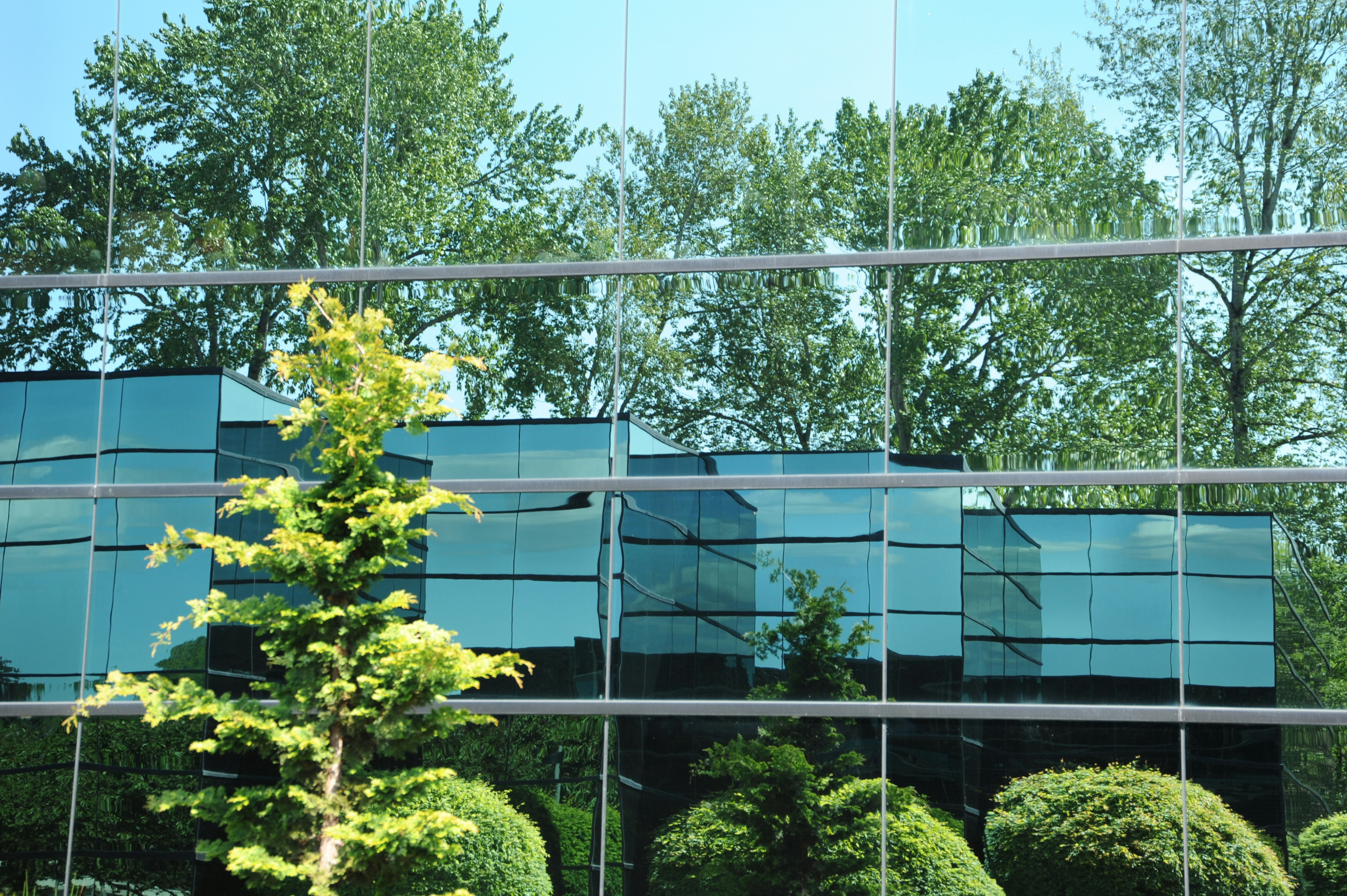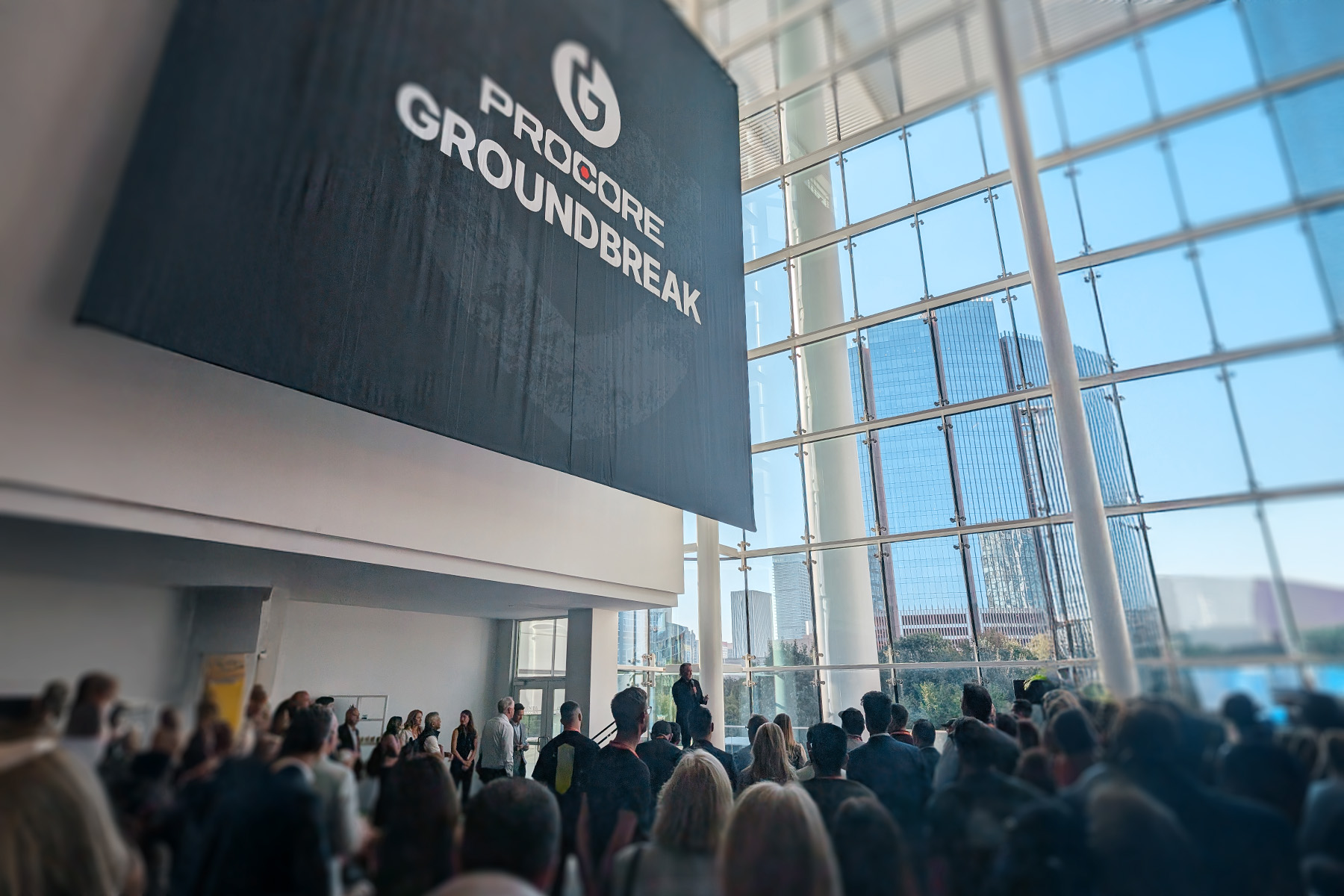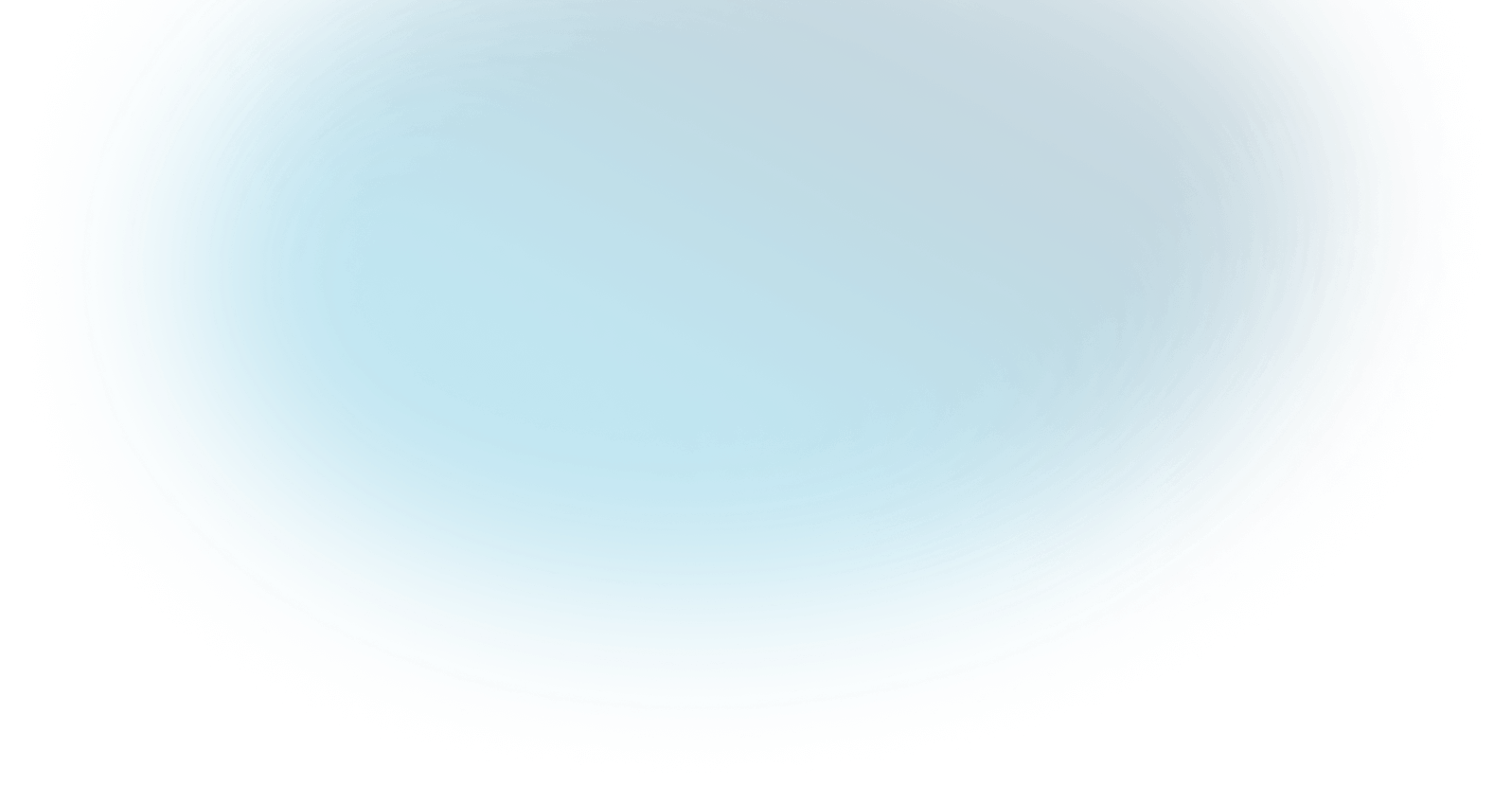As we stride further into the 21st century, the intersection of technology and sustainable building practices is becoming increasingly important. One of the most exciting advancements in this area is the integration of the Internet of Things (IoT) into green building strategies. This technology not only enhances building efficiency but also significantly contributes to energy conservation, marking a pivotal shift in how we approach environmentally friendly construction.
The Power of IoT in Green Building
IoT technology involves the interconnectivity of physical devices that can monitor, report, and exchange data. In the context of green building, this means embedding sensors and intelligent systems into the infrastructure to create fully responsive environments. These systems can manage everything from lighting and HVAC to water usage and solar power integration, optimizing building operations to minimize environmental impact.
Maximizing Energy Efficiency
One of the primary goals of integrating IoT into buildings is to maximize energy efficiency. Sensors can detect occupancy and adjust lighting and temperature accordingly, ensuring that energy is not wasted in unoccupied spaces. Smart thermostats and lighting systems learn from user behavior and make adjustments to conserve energy while maintaining comfort. Furthermore, IoT enables real-time energy monitoring, which allows for immediate identification of inefficiencies and proactive management of energy consumption.
Enhancing Renewable Energy Integration
IoT technology also plays a crucial role in enhancing the integration of renewable energy sources like solar and wind into building designs. By using smart meters and connected systems, buildings can better manage the energy they generate and consume. This integration allows for a more flexible energy grid and a significant reduction in reliance on non-renewable energy sources.
Improved Resource Management
Beyond energy, IoT helps in the efficient management of all resources. For instance, water usage can be meticulously monitored and controlled using smart irrigation systems that adjust based on weather forecasts and soil moisture levels. Similarly, IoT-enabled waste management systems ensure optimal recycling and waste reduction practices.
Challenges and Considerations
While the benefits are clear, integrating IoT into green buildings also presents challenges. Privacy and security concerns top the list, as increased connectivity can lead to vulnerabilities in data security. Moreover, the initial cost and complexity of installing IoT systems can be prohibitive for some builders and homeowners.
Looking Ahead
Despite these challenges, the future of green building is undeniably leaning towards greater integration of IoT technologies. As software becomes more sophisticated and hardware more cost-effective, these systems will become more accessible to all. Additionally, regulatory bodies are increasingly recognizing the benefits of IoT in building codes and sustainability standards, which will likely accelerate its adoption.
Conclusion
The integration of IoT into green building practices represents a transformative development in the construction industry. By enabling more efficient use of energy and resources, IoT not only supports environmental sustainability but also offers enhanced comfort and utility for occupants. As we continue to innovate and refine these technologies, the dream of fully sustainable, zero-impact buildings seems increasingly within reach.











